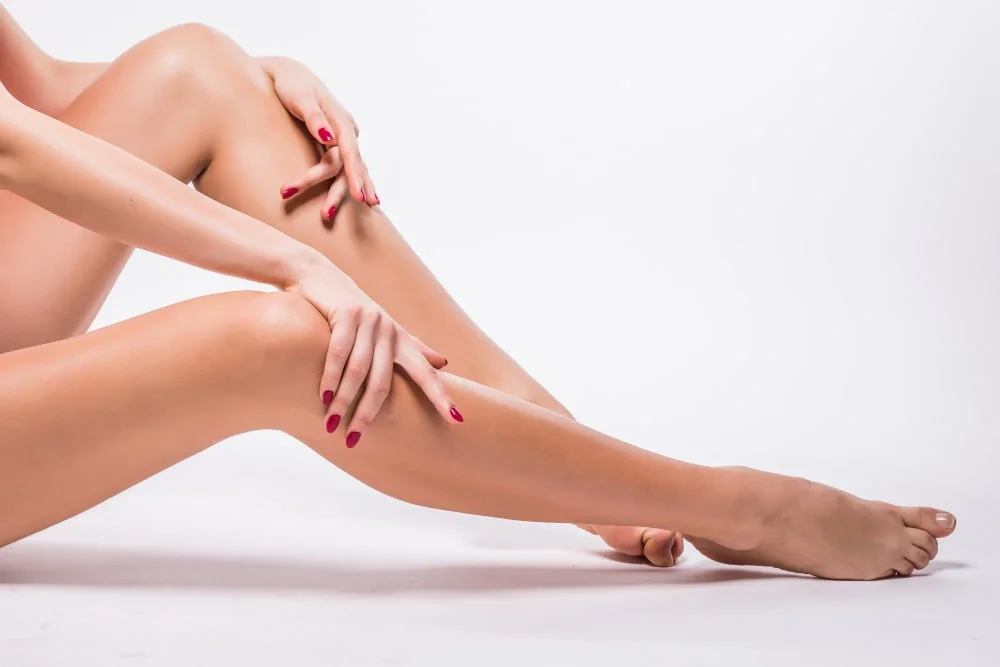Nowadays, varicose vein disease is a common health problem and is much more than just an aesthetic concern. Varicose veins typically develop due to the enlargement and twisting of superficial veins in the lower extremities (legs). This condition not only creates an unsightly appearance in the legs but also negatively impacts many people’s quality of life and, if left untreated, can lead to serious health complications.
Definition of Varicose Vein Disease
Varicose veins are characterized by the visible enlargement and superficial dilation of veins, often appearing in purple, blue, or red colors on the legs. This occurs due to dysfunction in the valves within the veins, causing blood to flow backward. Varicose veins can lead to symptoms such as heaviness, itching, burning, and cramps. However, many individuals neglect these symptoms and consider varicose veins merely an aesthetic concern.
The Serious Health Risks of Varicose Veins
Varicose veins are not just a cosmetic issue; they can also lead to severe health problems. Here are some crucial health risks associated with varicose veins:
- Pulmonary Embolism: If varicose veins remain untreated, blood clots may form over time. These clots can travel to the lungs through the bloodstream, causing a pulmonary embolism—a life-threatening condition.
- Superficial Thrombophlebitis (SVT): Varicose veins may become inflamed, leading to superficial thrombophlebitis, a painful condition that carries a risk of infection.
- Chronic Venous Insufficiency: Varicose veins can result in venous insufficiency, where blood cannot properly return from the legs to the heart. This may cause swelling, pain, and skin lesions on the legs.
- Venous Ulcers: As venous insufficiency progresses, venous ulcers may develop on the legs. These ulcers can take a long time to heal and pose a high risk of infection.
Varicose Vein Treatment Methods
Varicose vein treatment depends on the severity of the condition, the symptoms, and the patient’s overall health. Some common treatment options include:
- Compression Stockings: For mild varicose veins and mild symptoms, compression stockings can be recommended to support blood circulation in the legs.
- Sclerotherapy: This treatment involves injecting a special liquid or foam into the varicose veins to shrink and close them.
- Laser or Radiofrequency Ablation: These methods use heat energy to close the affected veins.
- Surgical Treatment: Surgery may be necessary for advanced varicose veins or when other treatment options have failed.
Conclusion
Varicose veins are not just an aesthetic issue; they can lead to serious health problems. Early diagnosis and appropriate treatment can prevent complications and improve the patient’s quality of life. If you are experiencing symptoms of varicose veins or have concerns about them, it is important to consult a cardiovascular surgery specialist.
Remember, protecting your health means acknowledging that varicose veins are more than just a cosmetic concern.
Op. Dr. Tolga Önder
Cardiovascular Surgery Specialist


